Ouseburn Valley Urban Landscape Study, May 2007
Insite Environments commissioned by Newcastle City Council.
The Lower Ouseburn Valley was originally part of the township of Byker, one of the first outside of the town walls and prior to the industrial revolution of the 19th Century, was largely agricultural.
The Ouseburn is the longest of Newcastle’s Tyne River tributaries and is tidal up to the base of Stepney Bank. It was traditionally a fast flowing stream, however the nature of the water course has changed considerably due to developments up stream and is now slower moving and of poor water quality. The Ouseburn is edged from Stepney Bank to its confluence with the River Tyne by a mix of retaining structures from a range of periods.
The overall character of the area has been shaped by the industrialisation of the Ouseburn and its banks during the 17th, 18th and 19th centuries although few buildings remain today. The Ouseburn was a major factor in the type of industrial development attracted to the Valley and its built form. The Ouseburn was an effective transport route, its tidal nature permitting keels and the later wherries to travel up stream from the River Tyne. As a result, processing industries located in the Valley and relied on the watercourse for the delivery of materials and export of the finished products. The dense corridor of buildings (mills, warehouses etc.) were built right up to the stream's edge and incorporated slipways and shoring for boats, as well as loading equipment, mill races and waterwheels.
The industrialisation of the Lower Ouseburn Valley was in direct contrast with the upper section of the Ouseburn valley which lent itself to the development of Victorian parks such as Jesmond Dene, Heaton Park and Armstrong Park.
North of the railway viaduct (the site of the City Stadium and the former Ouseburn Lead Works) the Ouseburn was culverted and the valley was used as a tip until the 1950’s. The landfill effectively cut off the Lower Ouseburn valley from the Victorian parks to the north. The landfill was used to create the bowl of the stadium and steep sided valley landscape facing the viaducts; these sides where planted in the 1970s to create an area of semi-natural woodland with open fields which have been used since as pastures by the Ouseburn Farm.
ILLUSTRATED LONDON NEWS, 16 JULY 1887
Ouseburn Trust
Welcome to the Ouseburn
Photographs of Newcastle
Geograph project - Ouseburn

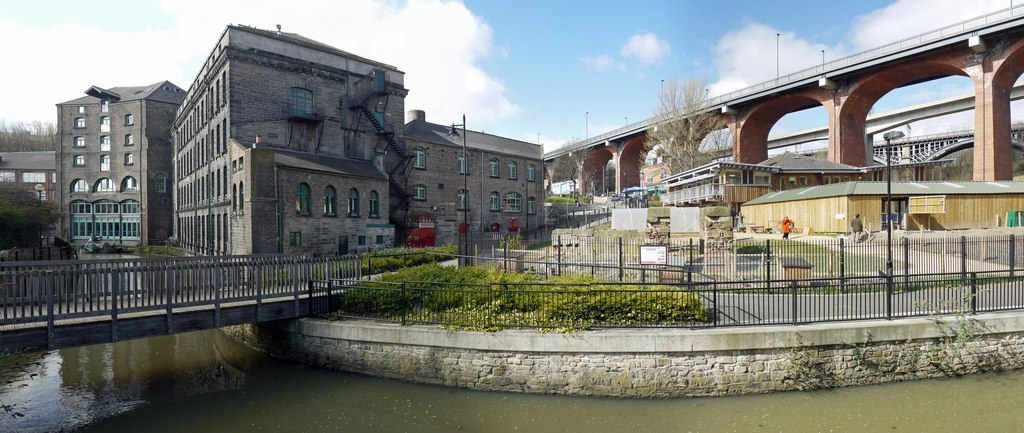
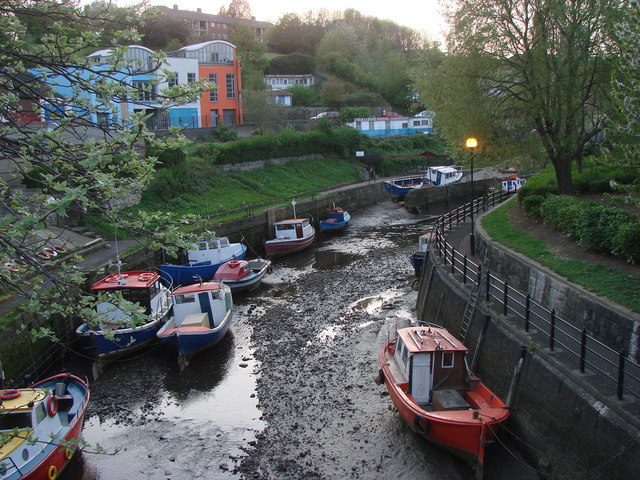
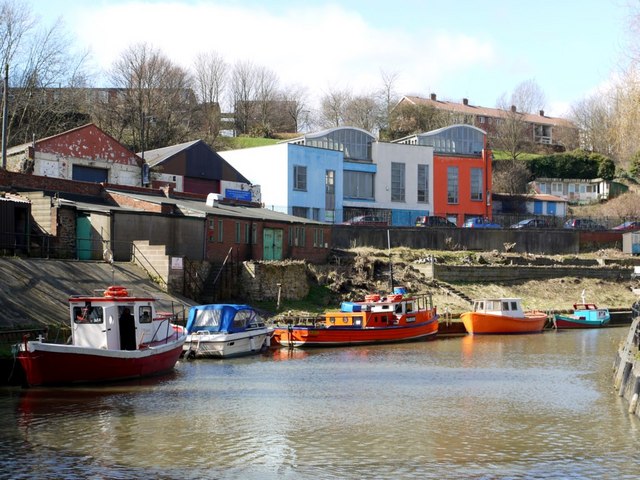
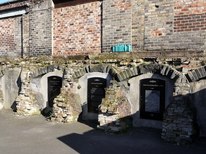
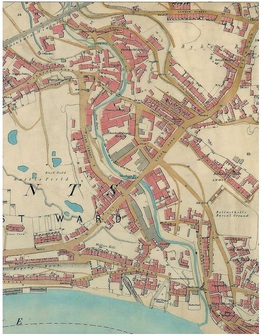
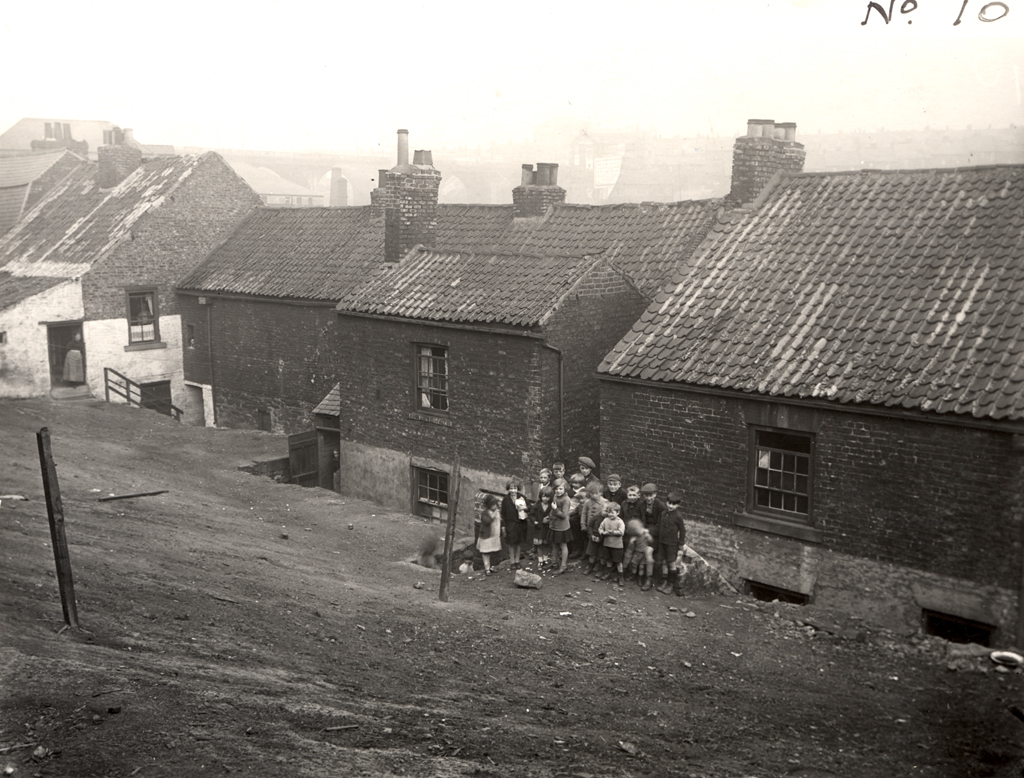
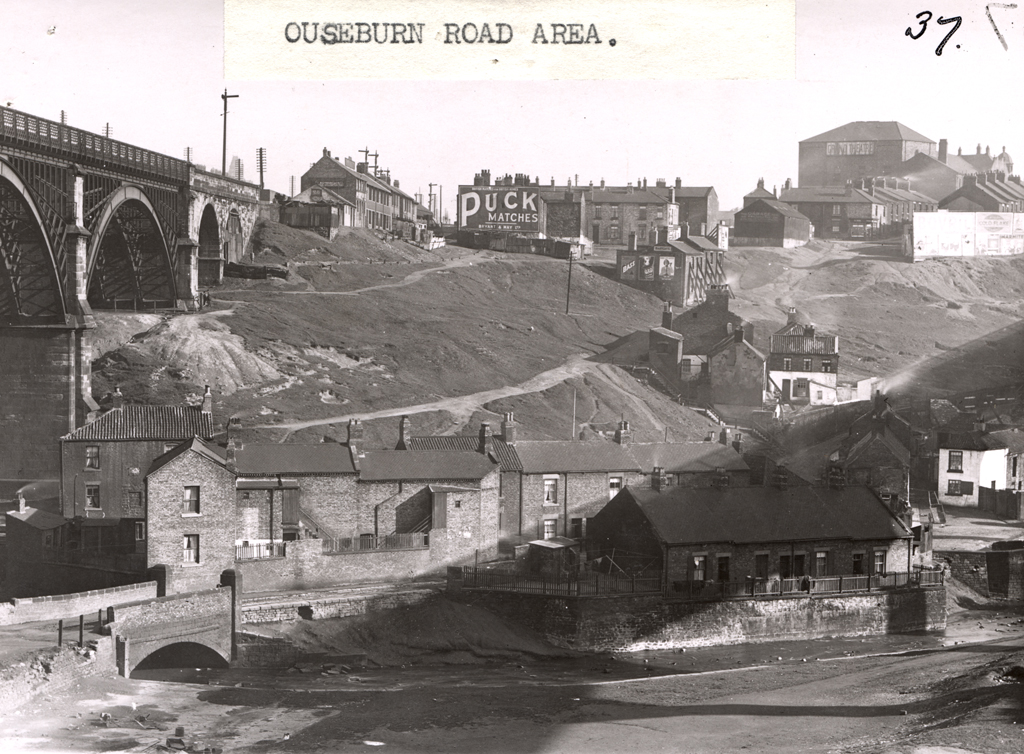
 RSS Feed
RSS Feed
